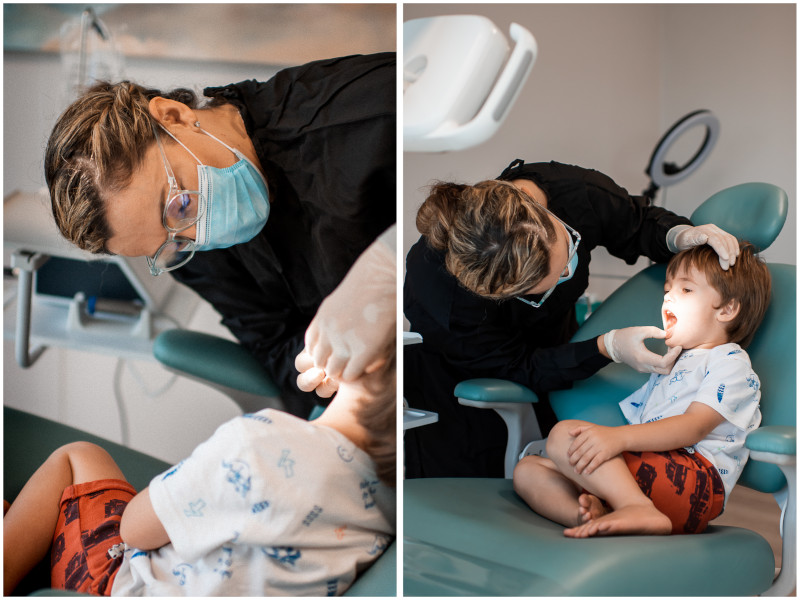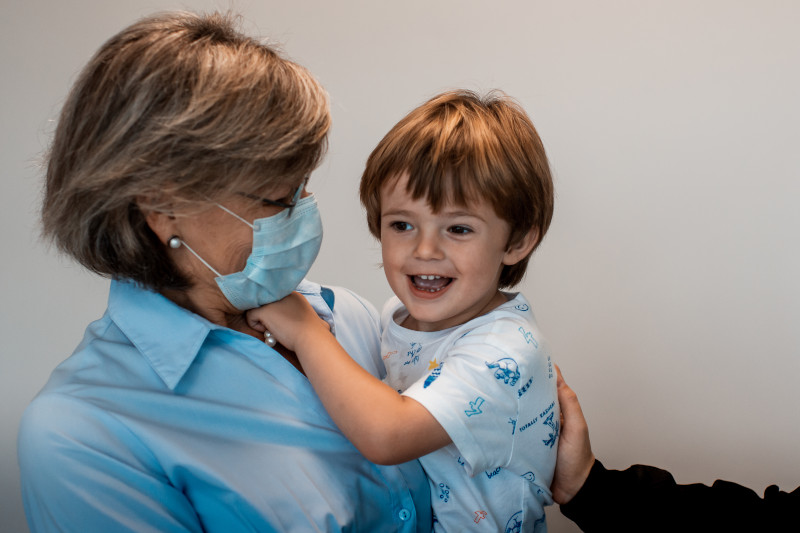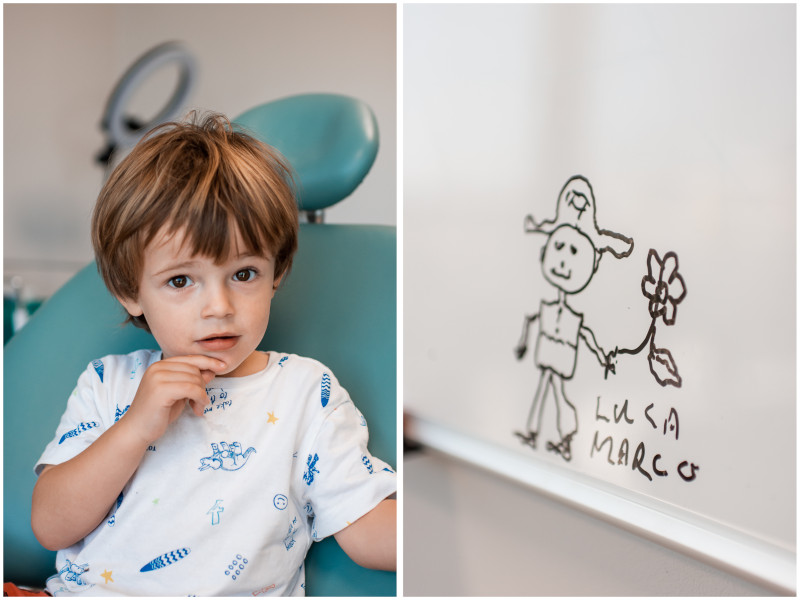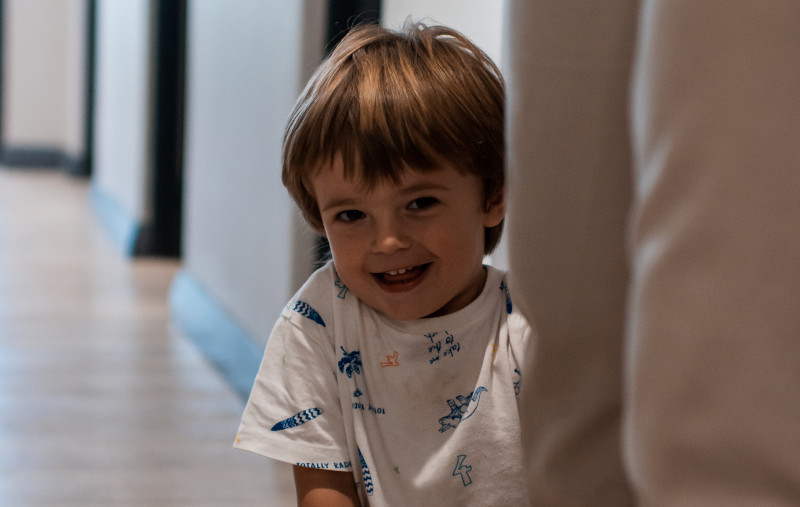Insights
Lip and Tongue Tie




What to know about a lip tie and a tongue tie
Baby days
A lip tie and tongue tie can make it difficult for your baby to latch or eat. A lip tie is a piece of skin (frenulum) that prevents your baby from easily lifting or relaxing his upper lip to comfortably latch when drinking.
A tongue tie is a small piece of mucosa that looks like a band, that prevents your baby from lifting it’s tongue or from protruding the tongue to perform a sucking action when latching.
The procedure to restore this as a small baby can be done in the chair with local anaesthetic. Your baby will experience a bit of a strange sensation in their mouth due to the local anesthetic, this is normal. Your baby may cry a
Baby to Toddler days
From the age of 1 years, your toddler will be playing around with sounds in a more directed manner in order to prepare for speech. Speech generally starts to take place around the 2 year mark. A tongue tie can impede on the speech development as some sounds are formed by pressing the tongue against the palate or the teeth. If the tongue tip is not mobile, this can influence the speech.
The procedure at this stage will require general anaesthesia, as the little ones are more aware of their roundabouts, but does not understand co-operation so well.
Five years and older
Lip tie: At this stage the lip tie is evaluated and according to degree can influence the future dental positioning. A grade 4 lip tie (from the lip until over the alveolar ridge) can exacerbate a dental diastema (gap in between the teeth). One can wait in this case until the permanent canines erupt to do a frenulectomy or do it earlier already.
A tongue tie: at this stage it will be a late repair and the child may have speech impairment. After surgical correction together with speech therapy, one can still improve the outcome.
The procedure: the child at this stage is usually cooperative and does not experience this as uncomfortable. Not all children are the same though and sometimes we may still rather treat the patient under general anaesthesia. A frenectomy renders the best long term results for the prevention of a dental diastema (dental gap).
It is important to understand the difference between a frenectomy and a frenulotomy: Frenectomy is the complete removal of the frenum, including its attachment to the underlying bone, while frenotomy is the incision and the relocation of the frenal attachment [1].
References
1.Dibart S, Karima M. Dibart Serge, Karima Mamdouth. Practical Periodontal Plastic Surgery. Germany: Blackwell Munksgaard; Labial frenectomy alone or in combination with a free gingival autograft; p. 53.

